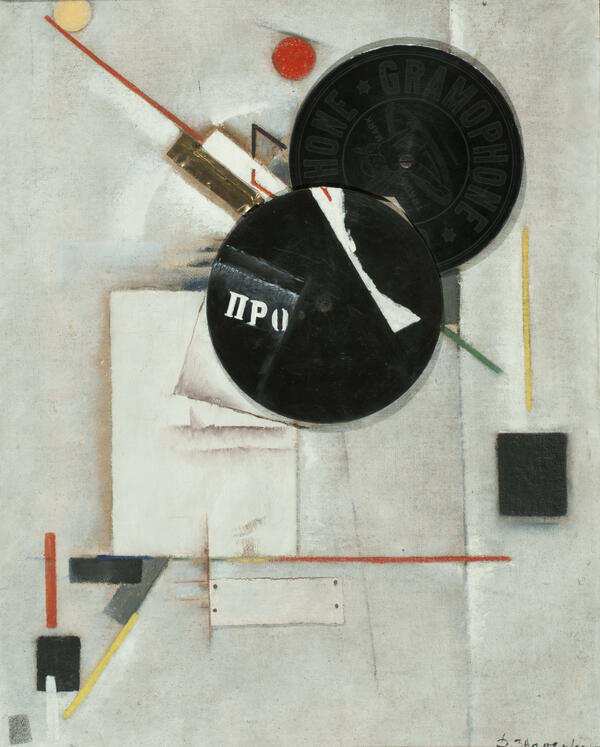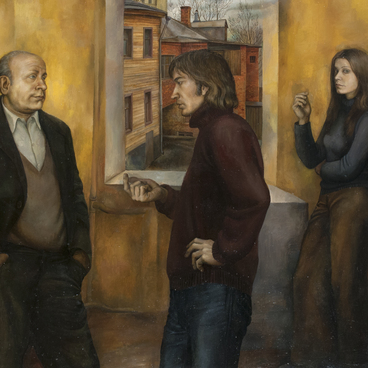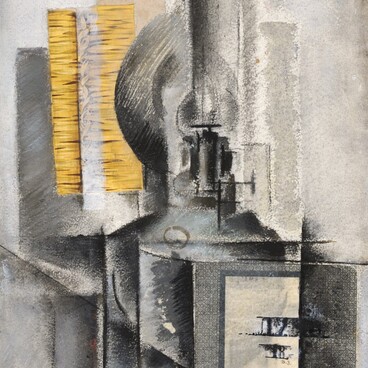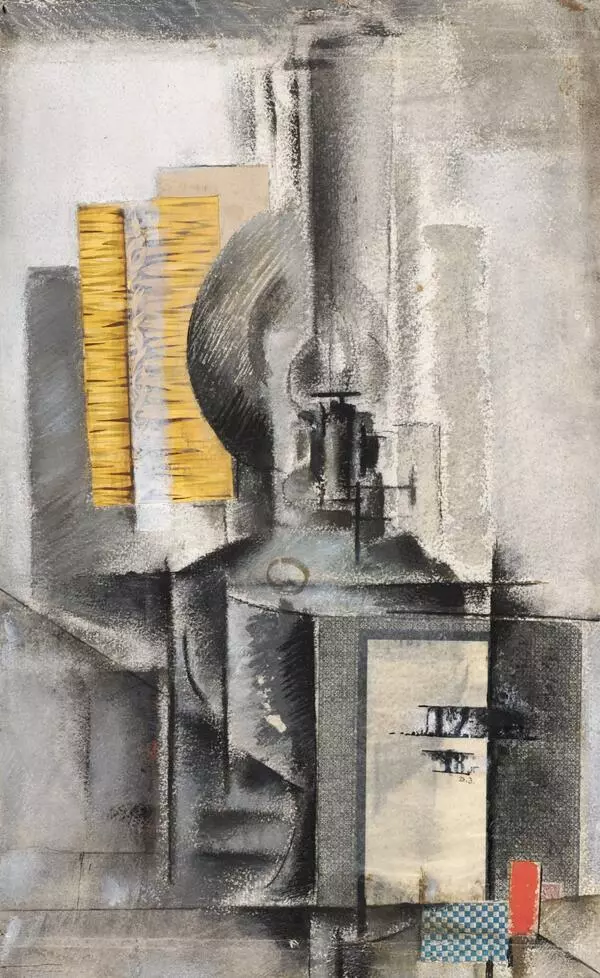The name of David Zagoskin, a renowned artist, graphic artist, and painter, is on a par with the names of those consequential masters of Russian art whose work developed throughout the 1920s and 1930s. The artistic formation and development for this artist fell on watershed years: the revolution of 1917, and the stormy, difficult, tragic twenties and thirties. A native of Belarus, he began his art education in Odessa. After the events of 1917, he left his studies and, caught up in the vortex of revolutionary transformations, returned to his native Surazh, in Vitebsk Region, and then moved to Saratov, where he lived from 1918-1922.
For Zagoskin, this was the time he studied at the State Higher Artistic and Technical Workshops located in Saratov; it was a period of strong passion for new trends in art, and the first steps in the field of teaching activity and actively participating in the city’s artistic life. In Saratov, Zagoskin finds himself in an unusually tense atmosphere surrounding artistic life. A follower of new trends in art, he and his teacher Fedor Konstantinov quickly and ardently became interested in both cubism and constructivism.
For Zagoskin, this was the time he studied at the State Higher Artistic and Technical Workshops located in Saratov; it was a period of strong passion for new trends in art, and the first steps in the field of teaching activity and actively participating in the city’s artistic life. In Saratov, Zagoskin finds himself in an unusually tense atmosphere surrounding artistic life. A follower of new trends in art, he and his teacher Fedor Konstantinov quickly and ardently became interested in both cubism and constructivism.
Several of his works from 1918- 1921 attest to this: The Design of a Lamp; Cubism. A Graphic Design. There are several works done by David Zagoskin stored in the A.N. Radishchev Saratov State Art Museum They date from the late 1910s to the early 1920s, when the artist lived and worked in Saratov. A Design with Gramophone Records, created in 1921-1922, most fully matches the artist’s pursuits in the field of new art. This work, following right behind The Design of a Lamp and Cubism, was another experiment in ‘physical pursuits’.
The principle Zagoskin adopted toward approaching how he created it is different from that used in previous works. A design is exactly what is before us: on a board with a canvas glued to it, almost in the center but with a slight upward shift, there are two gramophone records. The figurative structure of the work includes small pieces of plywood, and fabrics, which are fixed onto the board with nails, just like the records. The image ‘designs’ the surface of the board: this involves multidirectional, thin lines - yellow, red, green, dark blue, and black - and rectangles of various shapes that imitate paper stickers (a large white sheet is simulated especially successfully), as well as two circles whose form emphasizes the clarity of the records’ lines. The set of materials itself - board, canvas, plywood, cloth, records, nails, screws, and paint - gave the artist the opportunity to create a variety of surfaces, while deliberately emphasizing the diversity of the relief that springs up.
The principle Zagoskin adopted toward approaching how he created it is different from that used in previous works. A design is exactly what is before us: on a board with a canvas glued to it, almost in the center but with a slight upward shift, there are two gramophone records. The figurative structure of the work includes small pieces of plywood, and fabrics, which are fixed onto the board with nails, just like the records. The image ‘designs’ the surface of the board: this involves multidirectional, thin lines - yellow, red, green, dark blue, and black - and rectangles of various shapes that imitate paper stickers (a large white sheet is simulated especially successfully), as well as two circles whose form emphasizes the clarity of the records’ lines. The set of materials itself - board, canvas, plywood, cloth, records, nails, screws, and paint - gave the artist the opportunity to create a variety of surfaces, while deliberately emphasizing the diversity of the relief that springs up.




